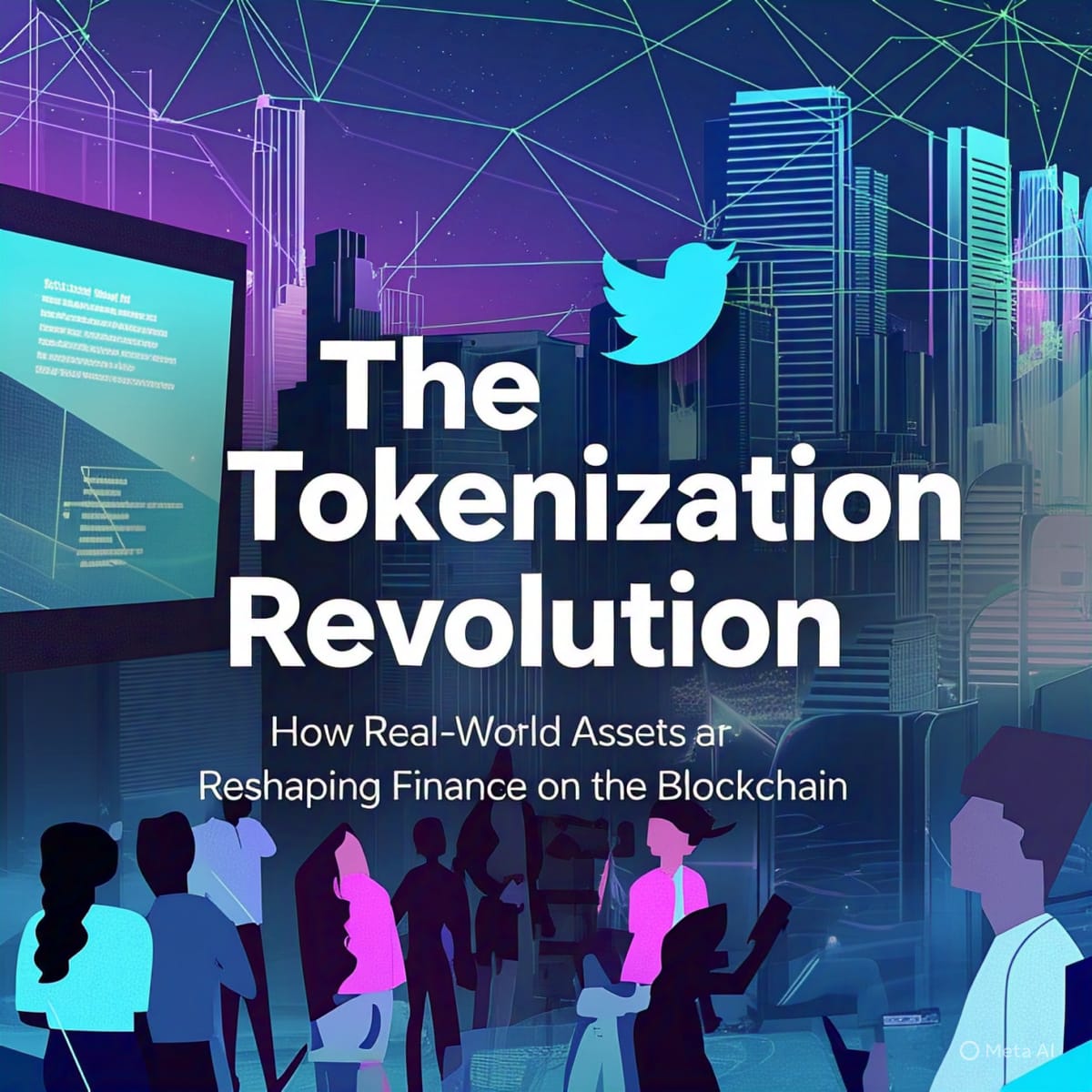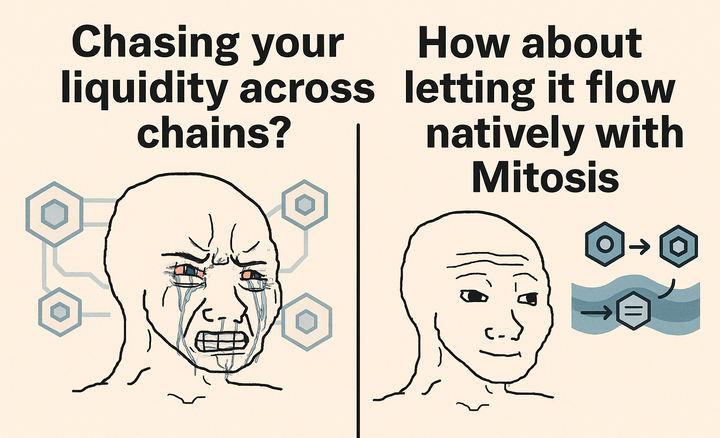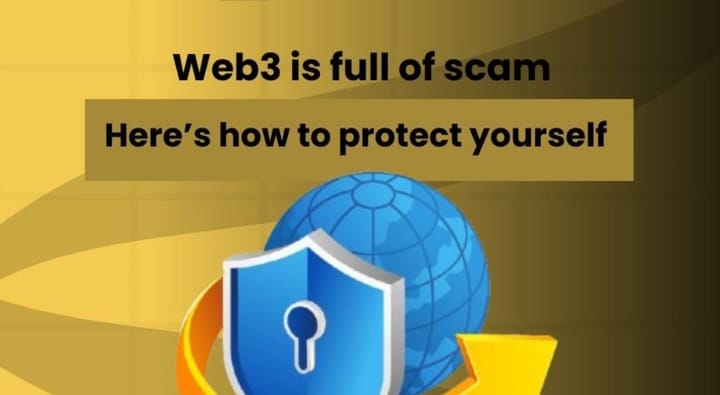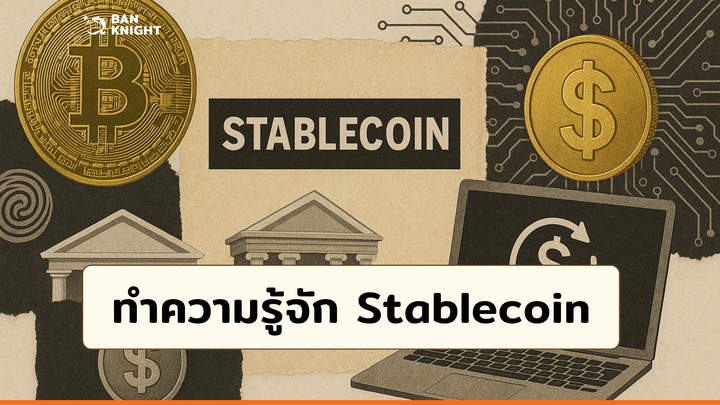The Tokenization Revolution: How Real-World Assets Are Reshaping Finance on the Blockchain

In the ever-evolving world of cryptocurrency, one trend is quietly poised to transform global finance: the tokenization of real-world assets (RWAs). From Manhattan condos to government bonds, assets once reserved for the wealthy or institutional investors are being digitized on blockchains, enabling fractional ownership, instant trading, and unprecedented accessibility. With projections estimating a $10 trillion market by 2030, tokenization is not just a buzzword, it’s a paradigm shift. But what exactly is it, why does it matter, and what challenges lie ahead? Let’s dive in.
What Is Tokenization?
Tokenization is the process of converting physical or financial assets into digital tokens on a blockchain. These tokens represent ownership, much like a stock certificate or property deed, but with the advantages of blockchain’s transparency, security, and efficiency. Smart contracts, self-executing code on platforms like Ethereum or Polygon, govern these tokens, ensuring compliance, tracking ownership, and enabling seamless transfers.
Imagine owning a $100 slice of a luxury apartment, a $50 stake in a rare Picasso, or a $200 share of a private equity fund. Tokenization makes this possible by breaking high-value assets into affordable fractions, tradable 24/7 on global markets. It’s finance, but faster, cheaper, and more inclusive.
Why Tokenization Matters
The tokenization movement is gaining steam for several reasons, each with profound implications for investors, institutions, and the broader economy.
1. Democratizing Wealth
Tokenization lowers barriers to entry. Platforms like RealT allow investors to buy fractional shares of US real estate for as little as $50, earning rental income proportional to their stake. Similarly, tokenized art platforms like Maecenas let you own a piece of a masterpiece without millions in the bank. This opens up asset classes previously locked behind wealth or geographic restrictions.
2. Boosting Liquidity
Assets like private equity, fine art, or real estate are notoriously illiquid, often taking months to sell. Tokenization changes that by making them tradable on blockchain marketplaces. A tokenized bond or property share can be bought or sold in seconds, unlocking value for investors and creating dynamic markets.
3. Cutting Costs and Middlemen
Traditional finance relies on layers of intermediaries, brokers, clearinghouses, and custodians, that inflate costs and slow transactions. Blockchain eliminates many of these, reducing fees and enabling near-instant settlement (T+0 vs. T+2 for stocks). This efficiency could save billions annually, especially in markets like real estate or securities.
4. Global Access
Tokenized assets are borderless. A farmer in Kenya can invest in a tokenized US Treasury bond, or a student in Brazil can buy a share of a European property, all without navigating complex banking systems. This global reach could redistribute wealth and foster financial inclusion.
5. Transparency and Trust
Blockchain’s immutable ledger ensures every transaction and ownership record is verifiable. This reduces fraud, simplifies audits, and builds trust in markets where opacity has long been a problem, like private equity or art trading.
Real-World Examples
Tokenization is already moving from theory to reality, with use cases spanning industries:
- Real Estate: Propy and RealT tokenize properties, letting investors buy fractions of rental homes or commercial buildings. RealT alone has tokenized over $100 million in US properties, paying out weekly dividends in stablecoins.
- Financial Instruments: In 2021, Societe Generale issued a €10 million bond on Ethereum, and in 2025, tokenized US Treasuries hit a $2 billion market cap. BlackRock’s BUIDL fund, a tokenized money market fund, reached $500 million in assets under management this year.
- Commodities: Tokens like PAXG represent physical gold stored in vaults, offering a stable, tradable alternative to crypto volatility.
- Art and Collectibles: Platforms like Maecenas tokenize high-value artworks, allowing shared ownership and trading of pieces once exclusive to elite collectors.
The Role of Decentralized Platforms
At the heart of tokenization’s rise are decentralized platforms and communities pushing the boundaries of what’s possible. Unlike traditional finance, where gatekeepers control access, decentralized protocols like Aave, MakerDAO, and newer RWA-focused platforms such as Centrifuge empower users to create, trade, and manage tokenized assets without intermediaries. These platforms leverage open-source code and community governance, ensuring innovation stays true to crypto’s ethos of decentralization.
For example, Centrifuge allows small businesses to tokenize invoices or real-world assets, turning them into collateral for DeFi loans. This has enabled over $50 million in tokenized assets to flow into DeFi pools, giving everyday entrepreneurs access to capital. Similarly, Mantra DAO focuses on tokenizing emerging market assets, like African real estate, to bring underserved regions into the global economy.
However, decentralized platforms face trade-offs. Community governance can be messy, with disagreements over protocol upgrades or token economics. Scalability remains an issue, as high Ethereum gas fees deter smaller investors. Still, Layer 2 solutions like Optimism and Arbitrum are reducing costs, and the passion of crypto communities, evident in X threads hyping “RWA season” keeps the momentum alive. This grassroots energy contrasts with traditional finance’s top-down approach, making decentralized platforms a key driver of tokenization’s growth.
Challenges and Risks
Despite its promise, tokenization faces hurdles that could slow its ascent.
1. Regulatory Uncertainty
Tokenized assets often straddle the line between securities, commodities, and digital assets, creating a regulatory minefield. The SEC has yet to provide clear guidance, and global frameworks vary widely. For example, the EU’s MiCA regulation supports tokenization, while China bans most crypto activities. The US’s FIT21 Act, passed in 2024, offers some clarity, but gaps remain. A crackdown or inconsistent rules could stifle innovation.
2. Technical Risks
Smart contracts powering tokenized assets are only as secure as their code. Hacks, like the $600 million Poly Network exploit in 2021, highlight vulnerabilities. A single bug in a tokenization platform could wipe out millions in value or lead to legal disputes over ownership.
3. Adoption Barriers
Traditional institutions are slow to adopt new tech, citing integration costs, cybersecurity concerns, and regulatory risks. Convincing a century-old bank to tokenize its bond portfolio is no small feat, especially when legacy systems still dominate.
4. Legal Gray Zones
If you own a tokenized share of a property, what happens if the underlying asset is seized or disputed? Legal frameworks for tokenized ownership are nascent, and courts may struggle to resolve conflicts, especially across borders.
The Future of Tokenization
Looking ahead, tokenization could reshape entire industries. Here’s what to watch:
- DeFi Integration: Tokenized assets could become collateral in decentralized finance (DeFi) protocols, enabling lending, borrowing, or yield farming with real-world assets. Imagine staking your tokenized property to earn 5% APY.
- Market Expansion: Tokenization could disrupt $1 trillion+ markets like private equity, real estate investment trusts (REITs), and even intellectual property (e.g., tokenized music royalties).
- Regulatory Clarity: If the US and EU align on tokenization rules, adoption could skyrocket, much like the internet’s growth after standardized protocols.
- AI Synergy: AI could enhance tokenization by automating compliance, detecting fraud, or optimizing trading strategies for tokenized assets.
Why You Should Care
Tokenization isn’t just for crypto nerds or Wall Street tycoons, it’s for anyone who wants a stake in the future of finance. Whether you’re a retail investor eyeing fractional real estate, a business owner seeking liquidity for private shares, or a skeptic questioning the hype, this trend will touch you. It’s a chance to own assets previously out of reach, but it comes with risks that demand scrutiny.
On platforms like X, the debate is lively. Some hail tokenization as “democratizing wealth,” while others warn of regulatory traps or centralized control. One user recently posted, “Tokenized Treasuries are at $2B already—imagine when this hits stocks or farmland!” Another countered, “Great, until BlackRock owns the blockchain and we’re back to square one.”
Join the Conversation
Tokenization is more than a trend, it’s a glimpse into a world where assets are as fluid as information on the internet. But will it truly democratize finance, or just hand more power to the usual suspects? Should you jump into tokenized real estate, or wait for the dust to settle? Share your take with questions like:
Would you buy a $100 slice of a skyscraper on the blockchain?”
Is tokenization the future, or just Wall Street’s latest trick?”
“What’s the biggest risk: hacks, regulators, or centralized control?”
The tokenization revolution is here. It’s up to you to decide whether it’s a game changer or a gamble.



Comments ()